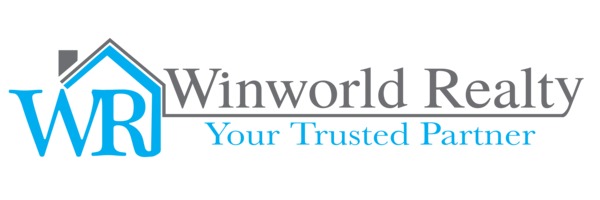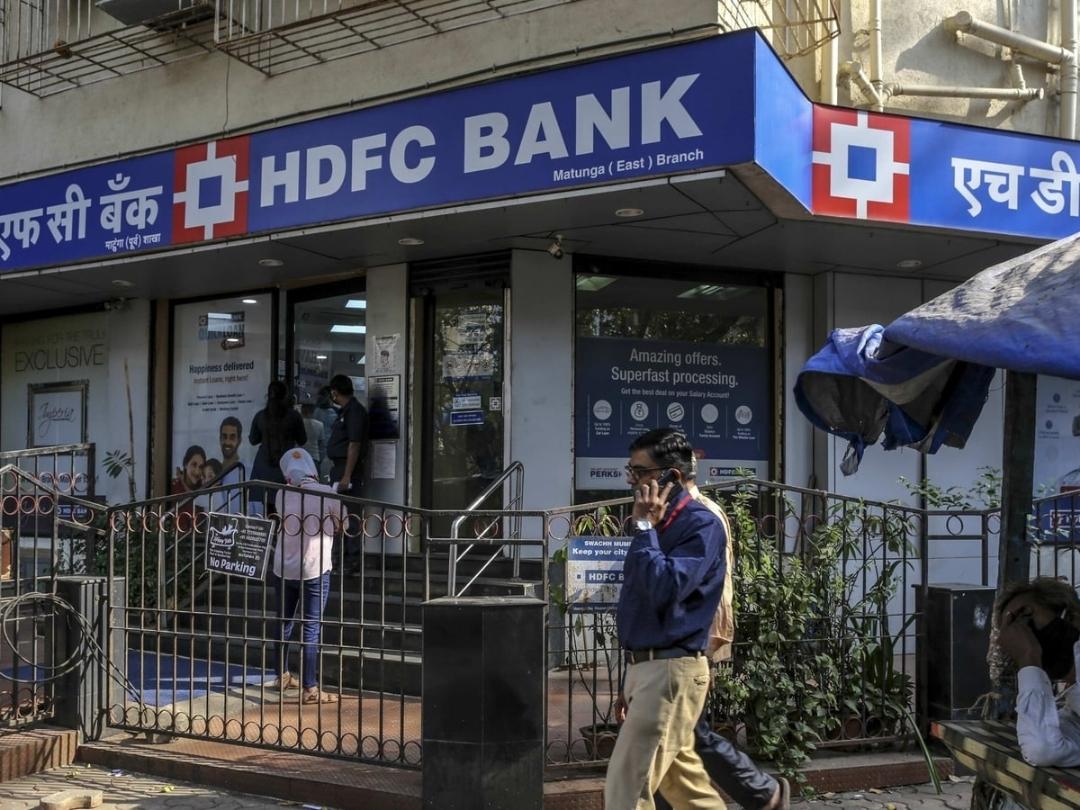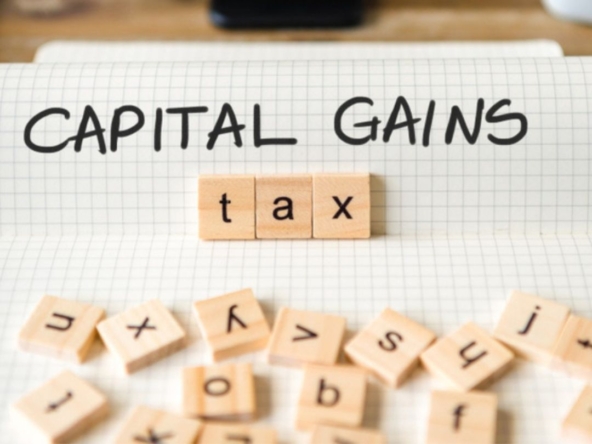Listen to The Article
After the Reserve Bank of India (RBI) raised the policy repo rate by 50 basis points (bps) to 5.9% in its Monetary Policy Committee (MPC) meeting on Friday, leading housing finance provider HDFC Ltd. raised its lending rate by 50 basis points. HDFC has executed seven rate hikes in the last five months.
“Effectively from October 1, 2022, HDFC bank increases its Retail Prime Lending Rate (RPLR) on Housing loans, on which its Adjustable Rate Home Loans (ARHL) are benchmarked, by 50 basis points,” the firm said in a statement.
HDFC Limited offers house loan interest rates beginning as 8.10% per annum. This interest rate applies to loans for home purchases, balance transfers, home renovations, and home expansions.
The above-mentioned home loan interest rates are adjustable during the length of the loan and are set by HDFC’s benchmark rate (“RPLR”). Due to the bank raising its lending rate, both first time and existing loan borrowers will now be forced to make EMI payments 0.50% higher.
The Reserve Bank Of India Announced A 50 Basis Point Hike In The Repo Rate
The Reserve Bank of India (RBI) announced a 50 basis point hike in the repo rate on September 30, the fourth such rise since May. As a result of the repo rate, the cost of funding for banks and financial institutions will rise soon, and more banks and financial institutions are expected to follow.
Meanwhile, as a result of the repo rate increase, both present and new loan borrowers will be compelled to make larger equivalent monthly instalments (EMIs) for their vehicle and home loans because banks and lending firms will now pay a higher interest rate to borrow funds.
“In the current financial year, bank loan offtake has outpaced deposit inflows.” This contrasts sharply with a year ago, when borrowers were thought to be deleveraging (negative credit growth).
During April-September 22, the incremental (over March) credit growth was 5.5%, while the similar deposit increase was 3.6%. The incremental credit-deposit ratio has climbed to 112% (-8% a year earlier), as banks lend more than they receive in deposits.
To meet their lending obligations, banks have been resorting to borrowings (which have more than quadrupled from a year ago) and are likely tapping their investments (the investment-deposit ratio has fallen from 30.20% to 29.9%),” according to Edelweiss Broking Limited research analysts.
Source- ET




